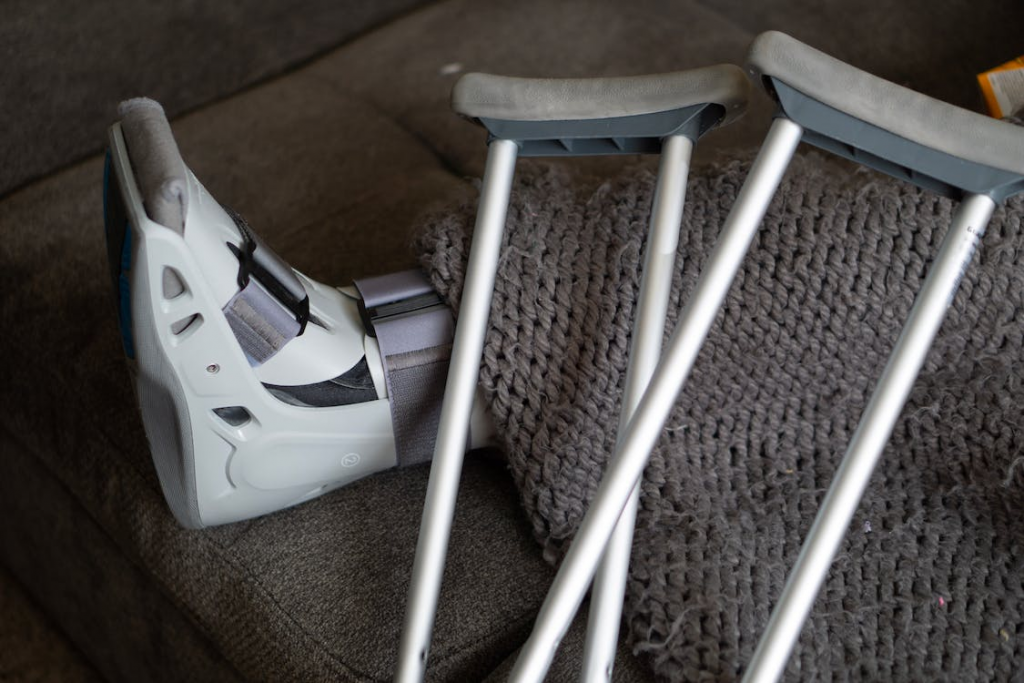Personal injury is an ongoing risk, especially as a pedestrian, but how is technology helping to shape the legal process for both professionals and people?

From the workplace to the streets, there is always an ongoing risk when it comes to personal injury. Whether it’s a simple trip over a loose pavement slab or injury from falling debris, there are millions of risks we have to deal with on a daily basis, leading many to seek no win no fee injury claims.
Despite this, the industry is changing, and now technology is driving change. So, how is technology being used in personal injury law?
Body Cams – Unbiased Perspectives
The use of body cams has revolutionised the way incidents are documented and assessed. These wearable devices, often used by law enforcement officers and individuals participating in accidents, play a pivotal role in offering an unfiltered and unbiased visual account of events. The real-time footage captured by body cams provides an unparalleled level of transparency and objectivity, serving as a crucial resource in determining liability.
In the aftermath of an accident, this technology offers a precise record of actions, reactions, and environmental factors. From a legal standpoint, the unbiased perspectives presented by body cams contribute to fair and just evaluations, helping solicitors build robust cases backed by authentic and unaltered evidence.
As these devices become standard equipment in various professional domains, their impact on personal injury law continues to grow, reshaping the way legal professionals approach and argue cases.

Doorbell Cams – Extending Surveillance to Homes
Doorbell cams, with their unobtrusive design silently monitoring the surroundings, are a relatively new addition to our homes. Theory enhances security and provides peace of mind for homeowners, but they also have another use.
With the ability to capture live footage using motion sensors and high-definition cameras, law enforcement agencies can extend their surveillance capabilities to private properties. Their significance lies in their ability to document incidents that unfold at doorsteps or entryways, offering a comprehensive visual account of events.
In personal injury cases, their footage becomes a valuable asset, shedding light on the sequence of events and the parties involved. As solicitors for personal injury cases leverage technology to strengthen their arguments, the inclusion of doorbell cam footage enhances the depth and clarity of the evidence presented, contributing to a more accurate and informed legal process.
CCTV Footage – Comprehensive Event Documentation
Closed-circuit television (CCTV) systems, omnipresent in public spaces, play a significant role in personal injury law. These surveillance systems capture detailed footage of various incidents, providing a comprehensive account of events.
Whether it’s a slip and fall in a store or a car accident at a busy junction, the recorded footage becomes a crucial element in establishing facts and understanding the dynamics of the situation. Solicitors for personal injury cases rely on this technology to present a thorough and unbiased representation of events, contributing to the clarity and accuracy of the legal proceedings.
Facial Recognition – Enhancing Identification
Facial recognition technology has become a powerful asset in personal injury cases, particularly in matters of identification. In disputes over identity, this advanced technology plays a pivotal role in confirming the presence of specific individuals at the scene of an incident. By analysing facial features, solicitors for personal injury cases can enhance the accuracy of identifying parties involved.
This technological tool adds a layer of certainty to the identification process, contributing to the strength and reliability of evidence presented in legal proceedings. The nuanced capabilities of facial recognition technology are increasingly shaping the outlook of personal injury law, providing an effective means of establishing and verifying key details.

The Intersection of Law and Technology
Personal injury law can prove extremely complex. Despite this, technology is helping to drive a big shift in the way in which cases are built and presented. The link between legal practitioners and technology will mean that accuracy improves and that leads to a higher level of fairness throughout the process.
The symbiotic relationship between personal injury law and technology underscores the dynamic nature of the legal processes. As we witness this fusion, it becomes evident that the integration of cutting-edge tools is reshaping the narrative and outcomes of personal injury cases, providing solicitors with the means to construct robust arguments supported by concrete evidence.




